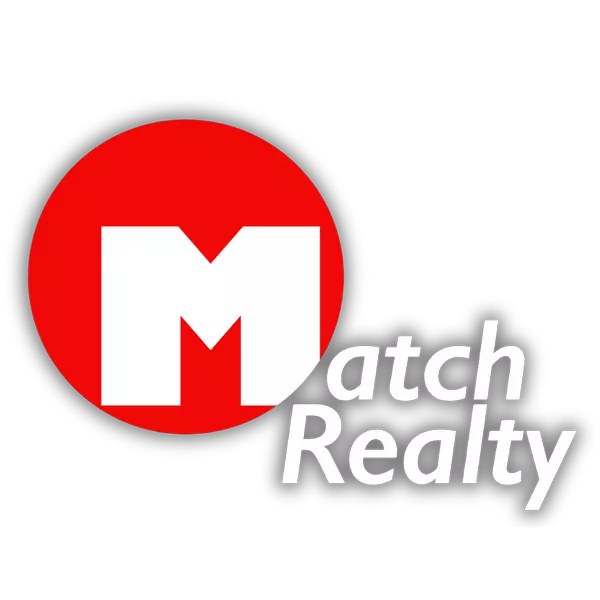Homeowner’s Insurance Options in Metro Detroit
Homeowner’s Insurance Options in Metro Detroit
Introduction
Homeowner’s insurance is a critical component of homeownership, providing financial protection against potential losses and damages. In Metro Detroit, a region with diverse housing options and unique risks, choosing the right homeowner’s insurance policy is essential. This blog post explores the various homeowner’s insurance options available in Metro Detroit, factors affecting premiums, and tips for selecting the best coverage for your needs.
Types of Homeowner’s Insurance Policies
HO-1: Basic Form
The HO-1 policy offers the most basic coverage, protecting against common perils such as:
- Fire or lightning
- Windstorm or hail
- Explosion
- Theft
- Vandalism
While HO-1 policies are less expensive, they provide limited coverage and are less common in the market.
HO-2: Broad Form
The HO-2 policy extends coverage to include additional perils, such as:
- Falling objects
- Weight of ice, snow, or sleet
- Freezing of household systems
- Sudden and accidental damage from artificially generated electrical current
This policy type offers more comprehensive coverage than HO-1, but still does not cover all possible risks.
HO-3: Special Form
HO-3 is the most common type of homeowner’s insurance policy, providing coverage for all perils except those specifically excluded. Typical exclusions include:
- Flooding
- Earthquakes
- War
- Nuclear accidents
HO-3 policies offer extensive protection for the home and personal property, making them a popular choice for homeowners.
HO-5: Comprehensive Form
The HO-5 policy offers the highest level of coverage, similar to HO-3 but with fewer exclusions and higher limits. It covers all perils except those explicitly excluded and provides replacement cost coverage for personal property. This policy is ideal for homeowners seeking the most robust protection.
HO-6: Condo Insurance
HO-6 policies are designed for condominium owners, covering:
- Personal property
- Interior walls
- Improvements and upgrades
Condo insurance typically complements the association’s master policy, which covers the building’s exterior and common areas.
HO-8: Older Home Form
The HO-8 policy is tailored for older homes that may not meet current building codes. It covers the same perils as an HO-1 policy but bases the payout on the actual cash value rather than the replacement cost. This policy is suitable for historic homes or those with unique features.
Factors Affecting Homeowner’s Insurance Premiums
Location
The location of your home significantly impacts your insurance premiums. Factors include:
- Crime Rate: Areas with higher crime rates may have higher premiums due to the increased risk of theft and vandalism.
- Proximity to Fire Stations: Homes closer to fire stations may benefit from lower premiums due to faster response times in emergencies.
- Natural Disasters: Regions prone to natural disasters, such as flooding or earthquakes, may have higher insurance costs.
Home Characteristics
The specific features of your home also affect your insurance rates:
- Age and Condition: Older homes or those in poor condition may cost more to insure due to the increased likelihood of damage.
- Construction Materials: Homes built with fire-resistant materials may qualify for lower premiums.
- Home Value: Higher-value homes typically require more coverage, leading to higher premiums.
Coverage Amounts
The level of coverage you choose impacts your premiums:
- Dwelling Coverage: The amount needed to rebuild your home affects your overall insurance cost.
- Personal Property Coverage: Higher limits on personal property coverage increase premiums.
- Liability Coverage: Increasing liability coverage limits can raise your insurance costs.
Deductibles
The deductible is the amount you pay out of pocket before insurance kicks in. Higher deductibles generally result in lower premiums, while lower deductibles increase your monthly costs.
Additional Coverage Options
Flood Insurance
Standard homeowner’s insurance policies typically do not cover flood damage. Homeowners in flood-prone areas should consider purchasing separate flood insurance through the National Flood Insurance Program (NFIP) or private insurers.
Earthquake Insurance
Earthquake damage is also excluded from standard policies. If you live in an area susceptible to earthquakes, you may need to buy separate earthquake insurance to protect your home.
Personal Umbrella Insurance
A personal umbrella policy provides additional liability coverage beyond the limits of your standard homeowner’s policy. This coverage is beneficial for homeowners with significant assets or higher risk profiles.
Tips for Choosing the Right Homeowner’s Insurance
Assess Your Coverage Needs
Evaluate the value of your home and personal belongings to determine the appropriate coverage levels. Consider factors such as rebuilding costs, the value of personal property, and potential liability risks.
Compare Quotes
Obtain quotes from multiple insurance providers to compare coverage options and premiums. Look for insurers with strong financial ratings and positive customer reviews.
Bundle Policies
Many insurance companies offer discounts for bundling multiple policies, such as home and auto insurance. Bundling can provide significant savings on your premiums.
Review and Update Regularly
Regularly review your insurance policy to ensure it meets your current needs. Update your coverage if you make significant home improvements or acquire valuable personal property.
Conclusion
Choosing the right homeowner’s insurance policy in Metro Detroit involves understanding the various types of coverage, factors affecting premiums, and additional coverage options. By assessing your needs, comparing quotes, and considering factors specific to your location and home, you can find the best insurance solution to protect your investment. Staying informed and regularly updating your policy will help ensure you have adequate coverage in the face of unexpected events.
Categories
Recent Posts










